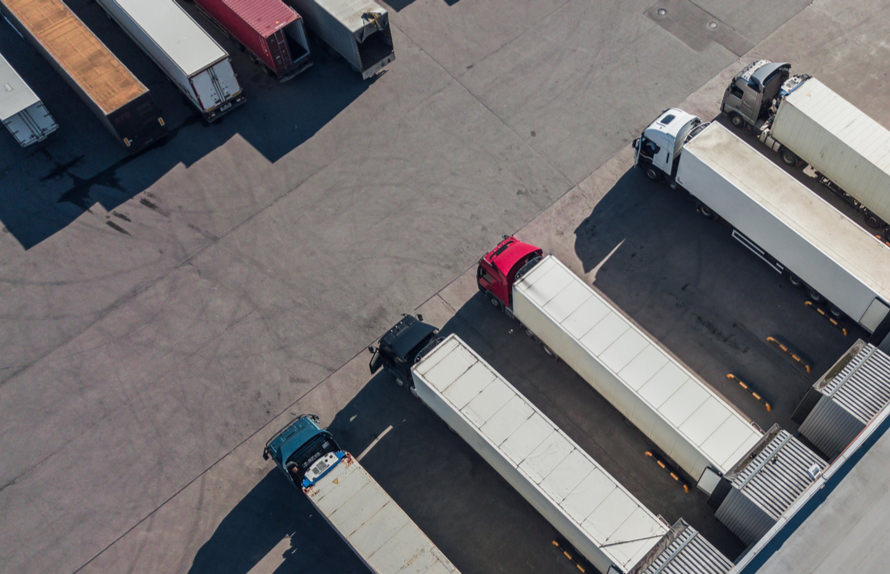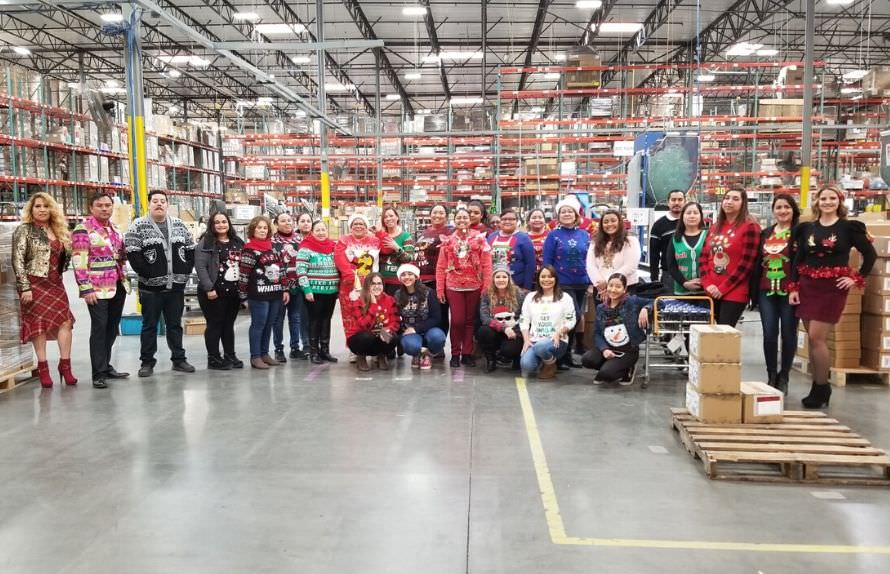
As ecommerce brands scale across international markets, one often underestimated yet critically strategic concept is country of origin. For global sellers in high-growth verticals, properly understanding and leveraging the origin of the goods can make or break an international expansion strategy.
What Is Country of Origin?
At its core, the country of origin refers to the country where your product is made or substantially transformed. It’s the basis by which customs authorities—such as US Customs and Border Protection (CBP) or the Canada Border Services Agency—determine which duty rates apply when goods cross borders.
But this isn’t just about labeling. The declared product’s country of origin influences eligibility for free trade agreements (FTAs) like USMCA (the successor to NAFTA), governs tariff classification, and affects everything from import duty and anti-dumping enforcement to preferential treatment under trade pacts.
For ecommerce businesses shipping globally, understanding this framework is essential not just for compliance—but for maximizing margin and reducing friction.
Why It Matters in Ecommerce
In an increasingly global marketplace, especially post-pandemic, direct-to-consumer (DTC) brands are shipping to more countries than ever. But without a deep understanding of customs regulations and trade rules, brands risk losing margin or even facing import delays.
Consider this: Two products that appear identical could face dramatically different tariff treatment based on their product’s country of origin. That means higher import duty, anti-dumping penalties, or loss of preferential treatment if documentation or classification isn’t handled precisely.

The Mechanics: Decoding the Key Components
To succeed in this new environment, every international shipment must be backed by the right documentation. Key elements include:
- HS Code Accuracy: Every product must be assigned the correct Harmonized System code, which drives tariff classification, determines eligibility for exemptions, and directly affects duty rates.
- Certificate of Origin: Especially critical under USMCA or other FTAs. This document, often issued by a chamber of commerce, verifies that your product qualifies for preferential tariff treatment.
- Commercial Invoice and Bill of Lading: These must clearly state the country of manufacture, full value, and shipping details. Inaccuracies here can trigger delays, penalties, or denial of entry.
- Proof of Substantial Transformation: For products assembled across multiple countries, you must prove where the product gained its essential character. Without this, customs authorities may deny preferential treatment.
Certificate of Origin Can Change Your Duty Rates
Imported products must be declared as originating in a particular country. A certificate of origin is an important declaration for customs, and in some cases the country named can change what a seller pays in customs duties.
For example, a product might be manufactured 40% in China, and 60% manufactured and assembled in Vietnam. If the seller declares a certificate or origin that it’s made in Vietnam from Chinese components, they won’t have to pay the (current) tariffs on goods made in China.
Depending on the trade climate and how distributed your manufacturing network is, a certificate of origin that declares your products from a certain country will change your overall duty rates. You may end up paying higher or lower duties than if you declared a different certificate of origin.
Real-World Impact: Navigating the New Landscape of International Trade
In 2025, the trade landscape has shifted significantly. In a move that disrupted many high-volume ecommerce operations, the United States revoked de minimis exemptions for low-value imports from China and Hong Kong in May 2025. This means shipments under $800 from these regions now face full duties and customs processing. What was once a frictionless cross-border flow of cheap goods is now subject to duty rates starting at 30%—with some products hitting as high as 120% before a partial rollback to 54%.
Ecommerce brands relying on Chinese production for beauty tools, CE accessories, or medical-grade devices now find themselves burdened with increased costs, lengthier customs clearance, and higher documentation standards. This change has forced many to reevaluate where and how they manufacture their products, especially if they wish to continue accessing the U.S. market competitively.
Meanwhile, Canada and Mexico—longtime beneficiaries of tariff-free trade under USMCA—are also seeing more scrutiny. While the agreement still offers preferential duty for qualifying goods, customs authorities have intensified enforcement of rules of origin and proof of origin standards. This means products must not only be assembled in a partner country but must also undergo sufficient substantial transformation to qualify.
De Minimis and the Ecommerce Opportunity—Redefined
For years, de minimis was a boon to DTC ecommerce. It allowed shipments under a specific value (e.g., $800 into the U.S.) to bypass duties and taxes, giving smaller brands a cost-effective pathway into foreign markets. But that era is changing.
With the US now excluding China and Hong Kong from de minimis treatment, those same low-value packages must now pass through full customs entry with rising import duty and per-item fees. And while other countries—like Canada, South Korea, and EU nations—still benefit from de minimis thresholds, that exemption is under threat of future rollback, depending on evolving CBP and USTR policy direction.
For high-growth brands, this is a turning point. Those who can strategically structure their supply chain, identify favorable tariff treatment, and manufacture in FTA-aligned regions will preserve margin and stability. Those who can’t, may be priced out.
Best Practices for High-Growth Brands
Know Your Supply Chain – Track the journey of every component. For CE and medical device products especially, understanding where value is added is essential to determining the final country of origin.
Partner with Trade Experts – Use trade attorneys or customs brokers who understand global trade dynamics, including tariff classification, customs clearance, and FTA eligibility.
Digitize Documentation – Automate the generation of commercial invoices, certificates of origin, and HS code classifications.
Audit Regularly – Even if you’re already shipping globally, periodic audits help ensure compliance with changing customs regulations and maintain eligibility for preferential treatment.
Leverage Chambers of Commerce – These bodies can validate your certificate of origin and provide resources on navigating country-specific trade rules.
Bottom Line
Your product’s country of origin is no longer just a back-office detail—it’s a make-or-break component of your international sales strategy. As regulations tighten, tariffs evolve, and exemptions narrow, ecommerce brands that prioritize trade intelligence will leap ahead of competitors still caught in a reactive loop.
Whether you’re shipping beauty tools to Canada, CE devices to the US, or wellness products into the EU, trade optimization starts with knowing exactly where your product comes from—and proving it with precision.
This post was written by Maureen Walsh, Marketing Manager at DCL Logistics. A writer and blogging specialist for over 15 years, she helps create quality resources for ecommerce brands looking to optimize their business.
Tags: International








